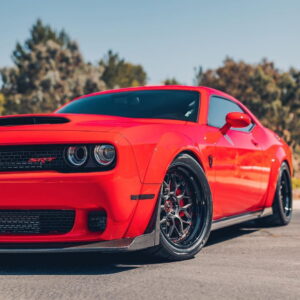Combining the Cougar’s flashy performance-oriented trim with the most potent V8 of the 1970 engine lineup, the Eliminator 428 Super Cobra Jet is one of the rarest, coolest, and most capable muscle cars ever to don Mercury badges.
Only two and a half years after debuting at the New York World’s Fair, the Ford Mustang became a nationwide sensation that exceeded even the most optimistic sales forecasts.
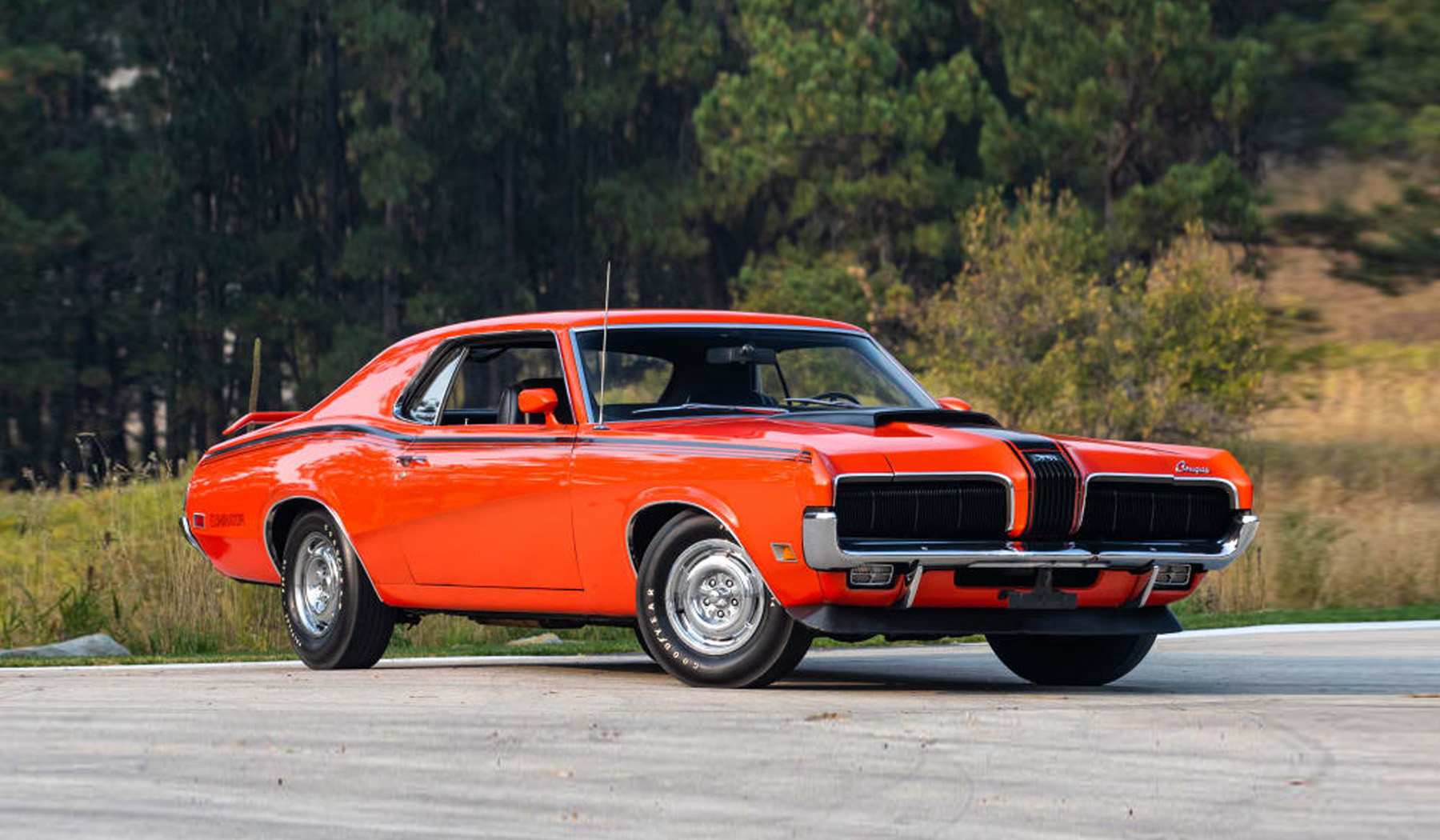
Thanks to its unrivaled success, the so-called pony car was now an essential segment of the American market, so for the 1967 model year, GM began chasing after the Mustang with not one but two models (the Chevy Camaro and Pontiac Firebird), while Chrysler’s Plymouth Barracuda received an extensive redesign.
The Mustang was also significantly improved in preparation for that model year, but Ford didn’t stop there, adding a new Mercury model to its pony car lineup.

Based on the Mustang’s backbone, the new pony car dubbed Cougar received its own bespoke two-door hardtop body (a convertible was added in 1969) with unique features like hide-away headlights. While a series of potent V8s were available, it catered to those who wanted a sober yet premium-looking, upscale pony car rather than a performance-focused variant like the lightweight Shelby GT350.
Though the Cougar was successful in its first two years on the market, Mercury had to adapt to the increasing demand for flashy-looking, tire-shredding pony cars, so for the 1969 model year, it replaced the GT trim with a new one called Eliminator in 1969.
Available in a series of eye-popping colors complemented by side pinstripes, a blacked-out front grille, and unique spoilers, the Eliminator became the rebellious teen of the Cougar family, joining the Mustang Boss 302 as the only FoMoCo production models to feature the Boss 302 V8.
The 1970 Eliminator
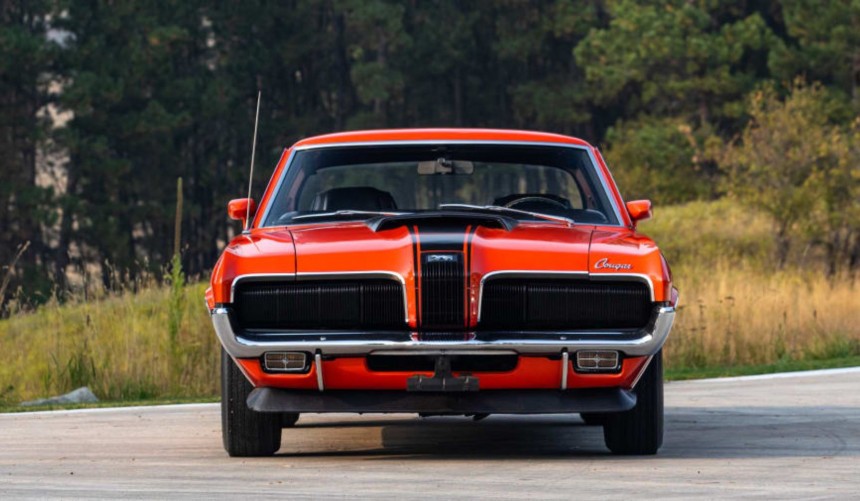
Photo: Mecum
After selling over 2,000 Eliminatiors in 1969, Mercury decided to bring the trim back for the 1970 model year. Additionally, the Eliminator received six extra exterior colors, a redesigned front grille, and new black-only decals that now included a hood stripe.
Under the hood, the 351-ci (5.8 liters) returned as the standard engine, but the old Windsor version was replaced with the new Cleveland a few months into the model year.
The optional engines included the Eliminator-exclusive Boss 302 (4.9 liters) shared with the Mustang or the mighty 428 (7.0 liters) Cobra Jet.
The options that gave the Eliminator superpowers
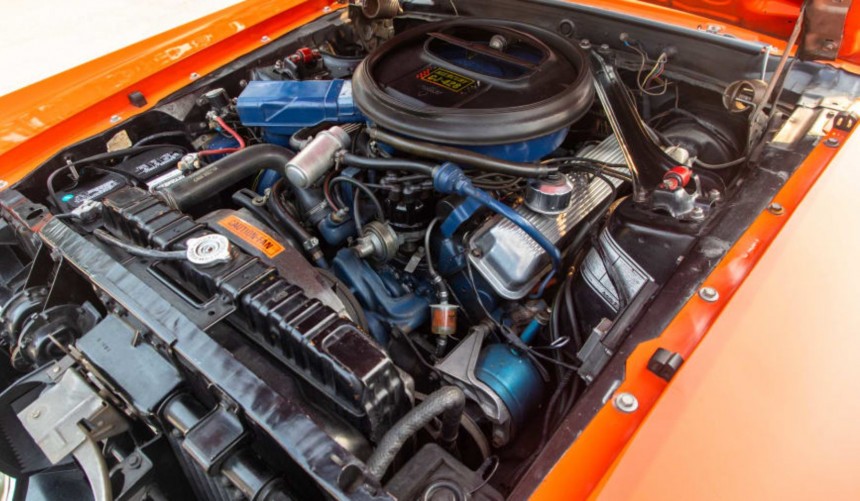
Photo: Mecum
With 290 hp and 290 lb-ft (393 Nm) of torque on tap, the Boss 302 was a decent performer, but it paled compared to the performance-focused big blocks available in other 1970 pony cars.
Therefore, those who wanted more power opted for the 428 Cobra Jet, conservatively rated at 335 hp and 440 lb-ft (600 Nm) of torque but capable of delivering close to 390 hp when dyno-tested.
Additionally, if a buyer wanted to turn his (or hers) Eliminator into a veritable street-legal drag weapon, checking either the Drag Pak or Super Drag Pack boxes on the options list would give the Cougar superpowers.

These options replaced the conventional 428 CJ with the Super Cobra Jet version that featured a beefier crankshaft, 427 Le Mans-spec conrods with capscrews instead of bolts, and a standard oil cooler that sacrificed the air conditioning system.
Though the output rating was unchanged, the SCJ could run at higher RPMs for longer, and thanks to its sturdier reciprocating assembly, it could also produce more power with the right kind of aftermarket upgrades.
The returning Drag Pak also added a 3.91 Traction-Lok rear end, while the new-for-1970 Super Drag Pak added an even stronger 4.30 Detroit Locker version.
The rarest, flashiest, and most potent 1970 Cougar

Photo: Mecum
Since the Drag Paks only added the above-mentioned mechanical upgrades, the Eliminator 428 SCJ looked exactly the same as the 428 CJ-spec version.
Visually, it was available with the Eliminator-only exterior colors, blacked-out decals and grille, and front and rear spoilers. The functional Ram Air hood scoop was the only external feature unique to the CJ- and SCJ-powered models.
Inside, it retained the Cougar’s upscale features, such as the leather-covered high-back bucket seats. However, with no air conditioning, riding around on a hot summer day was surely not a pleasant experience.
During the 1970 model year, Mercury sold 2,257 Eliminators, of which only 127 received the Super Cobra Jet engine. Unfortunately, 1970 also marked the end of the Eliminator trim after only two years of flashy, high-performance madness.
The 1970 Mercury Cougar Eliminator 428 SCJ Today
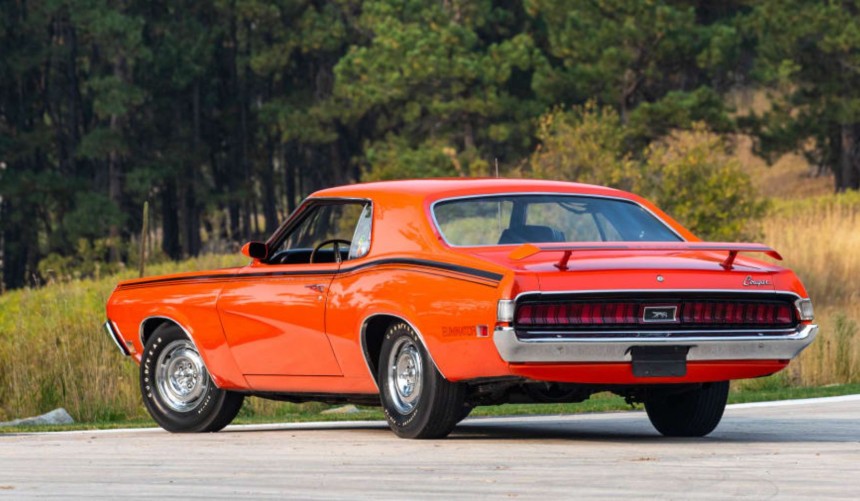
Photo: Mecum
Considering those figures, any surviving Cougar Eliminator in great shape is a valuable classic from the original muscle car era. But those with the SCJ engine are, as you would expect, the most sought-after.
One of these SCJ survivors rarely goes under the hammer, but when it does, bidding usually starts around $90,000 – which is pretty cheap, especially compared to similarly rare Mustangs.
Since most 1970 SCJ Eliminators were equipped with four-speed manual gearboxes, one fitted with a three-speed automatic can be worth twice as much.
If you want to see one of these ultra-rare survivors, we recommend watching the YouTube video below by DezzysSpeedShop.

